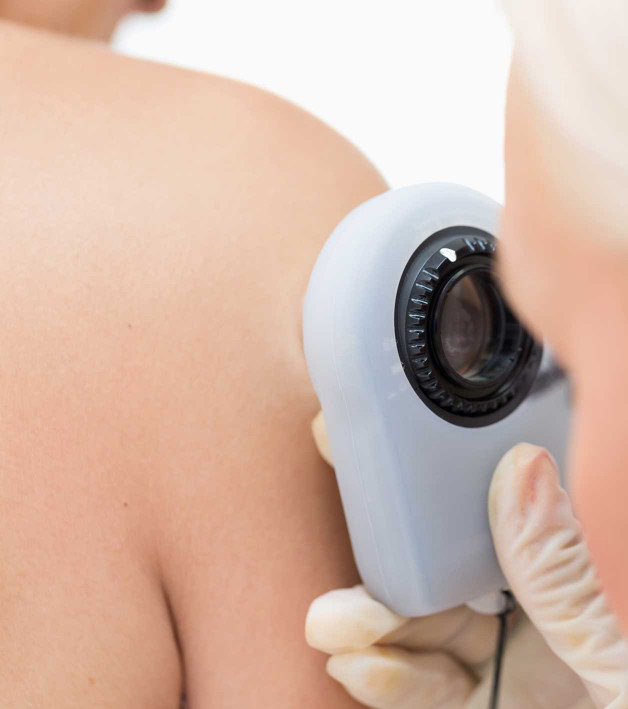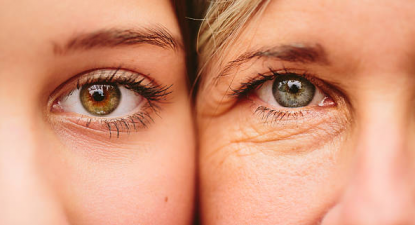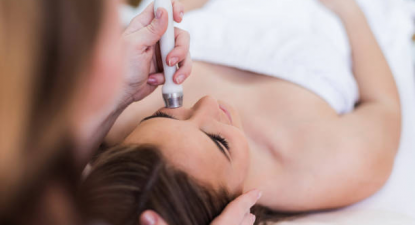
Seborrheic Keratosis
Seborrheic keratosis (seb-o-REE-ik care-uh-TOE-sis) is a common skin growth. It may seem worrisome because it can look like a wart, pre-cancerous skin growth (actinic keratosis), or skin cancer. Despite their appearance, seborrheic keratoses are harmless.
Most people get these growths when they are middle-aged or older. Because they begin at a later age and can have a wart-like appearance, seborrheic keratoses are often called the “barnacles of aging.” It’s possible to have just one of these growths, but most people develop several. Some growths may have a warty surface while others look like dabs of warm, brown candle wax on the skin. Seborrheic keratoses (or SKs) range in color from white to black; however, most are tan or brown. You can find these harmless growths anywhere on the skin, except the palms and soles. Most often, you’ll see them on the chest, back, head, or neck.
Most people get these growths when they are middle-aged or older. Because they begin at a later age and can have a wart-like appearance, seborrheic keratoses are often called the “barnacles of aging.” It’s possible to have just one of these growths, but most people develop several. Some growths may have a warty surface while others look like dabs of warm, brown candle wax on the skin. Seborrheic keratoses (or SKs) range in color from white to black; however, most are tan or brown. You can find these harmless growths anywhere on the skin, except the palms and soles. Most often, you’ll see them on the chest, back, head, or neck.
WHO'S AFFECTED
The people most likely to develop these harmless growths have fair skin and family members who have seborrheic keratoses. These growths also develop in people with medium to dark skin. In dark skin, seborrheic keratoses tend to be small and appear around the eyes.
Some people develop seborrheic keratoses during pregnancy or after estrogen replacement therapy.
Most people develop seborrheic keratoses in middle age or later. The number of seborrheic keratoses tends to increase with age.
Children rarely have seborrheic keratoses.
CAUSES
The cause of seborrheic keratoses is unknown. We do know the following:
- Seborrheic keratoses seem to run in families. Some people seem to inherit a tendency to get many of these growths
- The sun may play a role in causing seborrheic keratoses. Studies suggest that these growths develop on skin that's gotten lots of sun. Because these growths also develop on skin that's always covered, more research is needed.
- Seborrheic keratoses are not contagious. These growths may seem to multiply and spread to other parts of the body. What's really happening is that people get more of these growths as they age.
Cited from the American Academy of Dermatology
TREATMENTS
SKs are most commonly removed during an office visit by electrocautery or freezing.
Other Conditions
Browse our full range of cutting edge medical and aesthetic procedures that will leave your skin looking and feeling it’s best.



